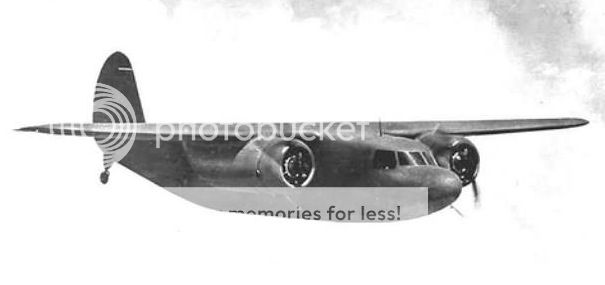BAP Pucalipa, The Ucayali River, 17 April 1949
According to the map provided to them the settlement of San Francisco sat on high ground above the river; from the deck of the Pucalipa San Francisco was hidden by the verdant jungle, but a landing spot could be seen at the edge of the river, and Ensign Zuta conned the ship towards shore and anchored. While the crew made her fast against the current Gordon Magne noted the track that ran from the riverside back into the jungle.
“We do seem to be in the right place; please get her ready to receive visitors.”
The cooks in the galley prepared simple meals, for they knew not what condition people of San Francisco were in; in the dispensary the medical staff prepared for all possible contingencies – after their last stay at Aterrizaje de Pucalipa they knew that they would be busy. Lights were rigged out against the coming darkness. The first visitor arrived much sooner than expected; the grinding of gears and the thump of tires striking ruts announced the approach of a battered jeep that pulled up and deposited its passenger. Gordon Magne and Zuta came ashore to meet the envoy from the settlement.
“Good afternoon gentlemen! I am Jaime Salomon Vasquez Falcon, proprietor of the plantation of San Francisco, and I welcome you. What brings you here?”
There was something in Falcon’s manner that struck Gordon Magne as out of place. He was at once too inquisitive and too defensive, and as Zuta explained the Pucalipa’s mission of outreach, survey, and assistance, Falcon seemed to put up a show of indifference.
“I am certain that the big men in Lima know the needs of the people of the river better than I, but here in San Francisco we have no needs that cannot be met by the staff of my plantation.”
“You have your own school?”
“The people of the river have no need for schools. Nor doctors – they do not believe in them. We are self-sufficient.”
Based on experience both Gordon Magne and Zuta regarded this as an unwarranted assertion, punctuated by Falcon’s abrupt departure. As they watched him urge the jeep up the trail to the ridge above, Zuta ventured, “Captain, I do not believe he likes us.”
“No Ensign, he doesn’t. And I do not entirely trust what he has told us. We will stay until morning and see what develops.”
When the returned aboard the ship Gordon Magne called for Garcia, who functioned as his team sergeant and the ship’s master at arms. “Post sentries. I think we may have unexpected visitors.”
“Unfriendly visitors sir?”
“That remains to be seen. I want us to be prepared for any eventuality.”

